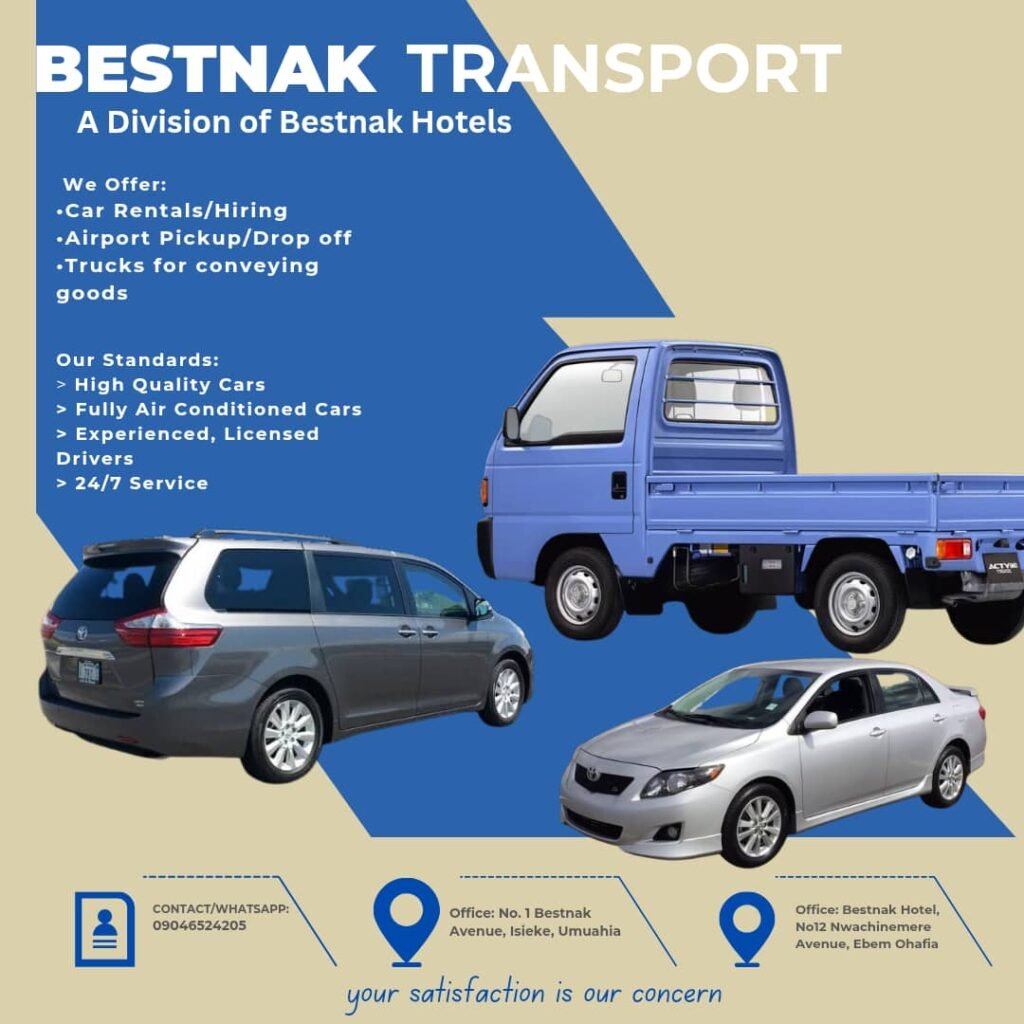We Are on the Same Side: Uniting Abia State for Collective Progress
Introduction: A State Divided by Potential
Abia State is rising and fast! Its bustling markets in Aba, tech hubs sprouting in Umuahia, and vibrant cultural festivals like the Iri Ji (New Yam) celebration paint a picture of promise. Yet, beneath this potential lie deep fissures: political squabble, doubts on infrastructure projects, ethnic suspicions simmer, and youth unemployment fuels frustration. The phrase “We are on the same side, guys”—popularized recently by grassroots activists—has become a rallying cry. It calls for Abians to recognize their shared destiny and collaborate across divides. This article explores how unity could unlock Abia’s stalled progress, turning its challenges into triumphs.
Political Unity: Ending the “Us vs. Them” Mentality
For years, political polarization between parties like the PDP and APC has paralyzed development. Projects like the Aba-Port Harcourt Expressway and the Osisioma Industrial Cluster remain incomplete, caught in bureaucratic crossfire. However, recent bipartisan efforts hint at change. Governor Alex Otti’s administration has partnered with opposition lawmakers to fast-track road repairs in Aba, while a joint legislative committee now oversees the Enyimba Economic City project. “Partisan politics must not overshadow our people’s needs,” Otti declared at a town hall. Such collaboration could revive trust in governance and ensure projects serve all Abians, not just party loyalists.
Ethnic Harmony: Ngwa, Ohuhu, etc and the Ties That Bind
Abia’s diversity—Ngwa, Ohuhu, and other groups—is both a strength and a historical flashpoint. Disputes over resource allocation, such as land conflict, have occasionally turned violent. Yet, communities like Isuikwuato have shown another path: elders from rival clans recently brokered peace by revisiting shared traditions, like the Ofo symbol of unity. Eze Isaac Ikonne, a revered traditional ruler, argues, “Our ancestors traded and intermarried; why let politics divide us now?” Cultural festivals and inter-community skill-sharing programs could rekindle this spirit of kinship.
Economic Collaboration: From Artisans to Global Competitors
Aba’s nickname, “Japan of Africa,” reflects its industrial prowess in leatherworks and garments. But infighting among artisan guilds and poor infrastructure have stifled growth. The Aba Shoes Cluster initiative—a cooperative of 500 shoemakers pooling resources to export to Europe—proves collaboration works. Similarly, modernizing the Ariaria Market requires public-private partnerships. Investors like Geometric Power Limited, which recently restored stable electricity to parts of Aba, show how unity between government and businesses can reignite productivity. “Alone, we’re small workshops,” says Ariaria trader Nkechi Okoro. “Together, we’re an industrial force.”
Youth Innovation: Tech, Startups, and the Fight Against Brain Drain
Abia’s youths are its greatest asset. Umuahia’s Innovation Factory incubates tech startups, while platforms like Fintech Africa (founded by Abia-born Chika Nwosu) are creating digital solutions for farmers. Yet, many young talents still flee abroad due to limited local opportunities. Collaborative hubs linking techies, artisans, and policymakers could stem this tide. “Imagine if our coders partnered with Aba shoemakers to build e-commerce platforms,” suggests Nwosu. Unified youth advocacy groups are already lobbying for state-backed grants to turn such ideas into reality.
Traditional Institutions: Monarchs as Mediators
Royal fathers like Eze Ikonne and town unions play a pivotal but underutilized role in fostering unity. In Ohazu, a council of elders mediated a 20-year land dispute by invoking ancestral covenants. Meanwhile, the Abia State Council of Traditional Rulers now partners with the government to oversee community projects. Modernizing these roles—such as training monarchs in conflict resolution—could amplify their impact. “We are not relics,” insists Eze Ikonne. “We are bridges between the past and future.”
Challenges: Cynicism and the Road Ahead
Skepticism remains. Many Abians recall empty promises, like the abandoned Abia Mega Mall. Transparency is key: citizens applaud open budgets and progress trackers for projects like the Osisioma Industrial Cluster. Civil society groups like Abia Watch are pushing for accountability through social media campaigns. Media outlets like Orient Daily are amplifying the “same side” message with radio jingles and town hall debates.

Conclusion: Building Abia, One Handshake at a Time
“We are on the same side, guys” is more than a slogan—it’s a mindset. From politicians sharing committee seats to traders forming cooperatives, every handshake bridges a divide. Imagine an Abia where rebuilt roads connect markets, tech hubs employ local graduates, and festivals celebrate both Ngwa and Ohuhu heritage. This future is possible if Abians embrace their shared identity. As the Igbo proverb goes, “Onye aghana nwanne ya” (Be your brother’s keeper). The time to act is now: united, Abia could become Nigeria’s blueprint for progress.
Final Call to Action:
“We are on the same side, guys—let’s build Abia together.”

Dr Chukwuemeka Ifegwu Eke writes from the University of Abuja Nigeria.







